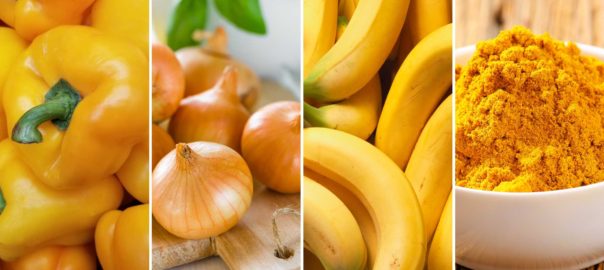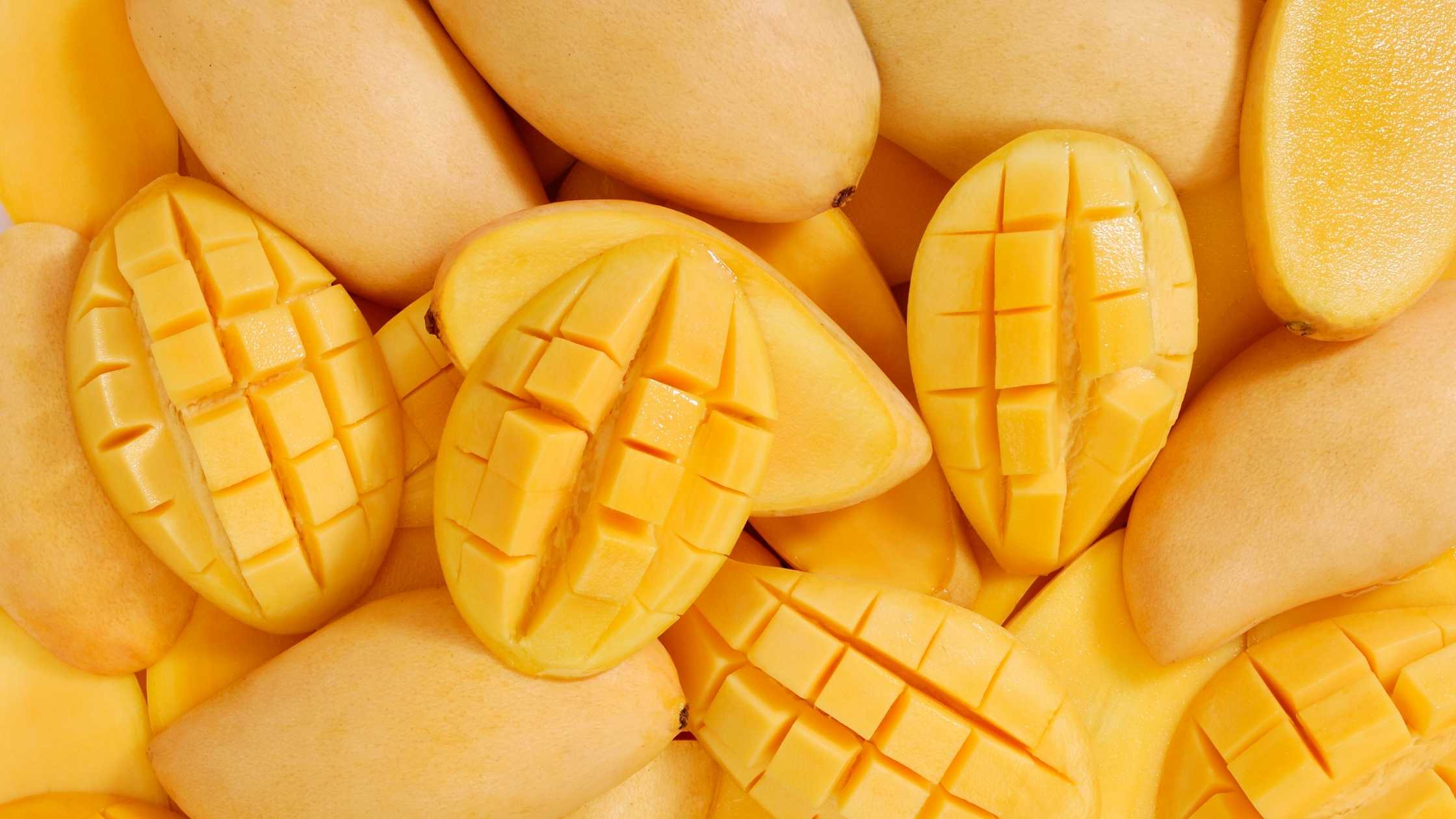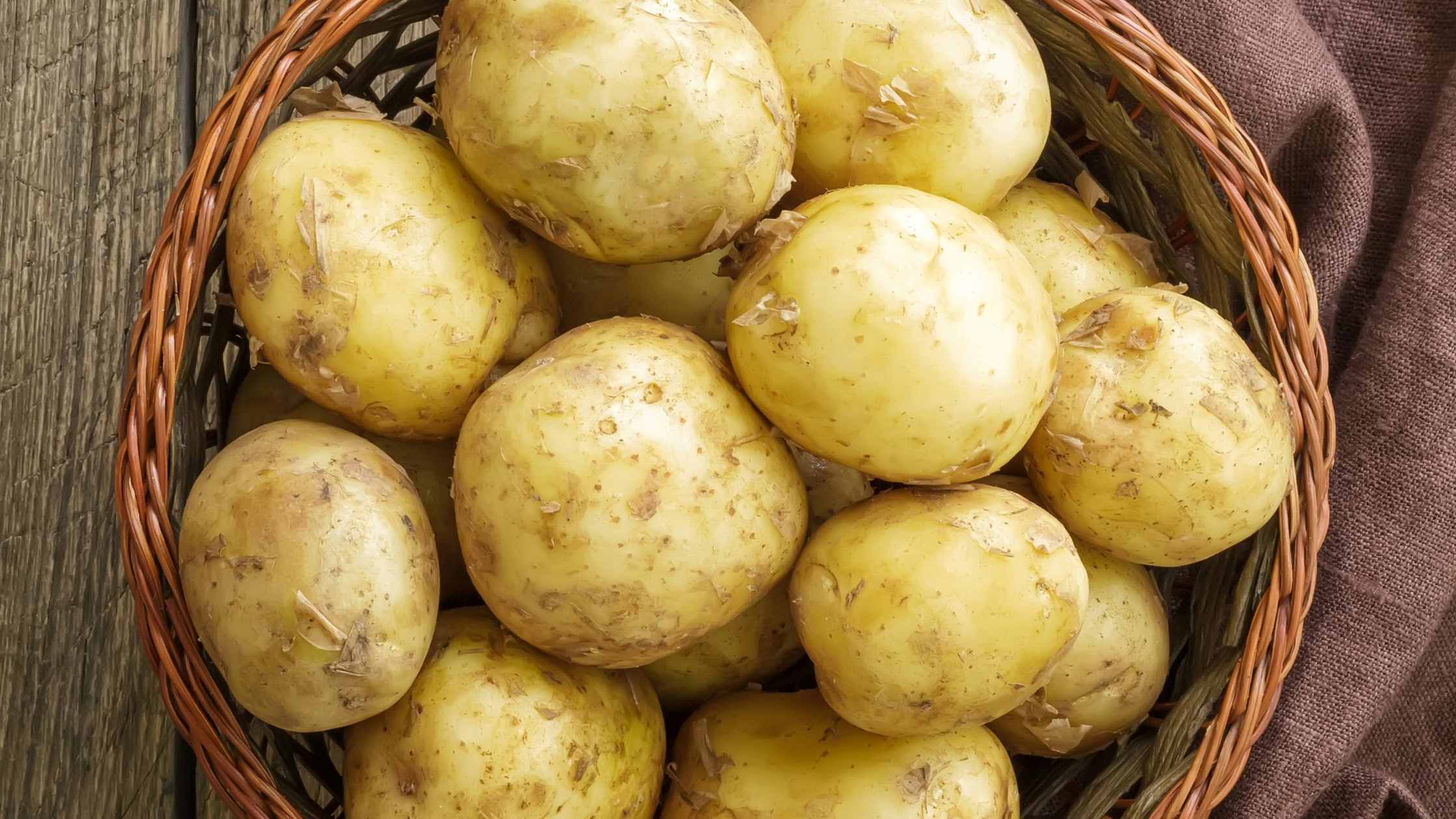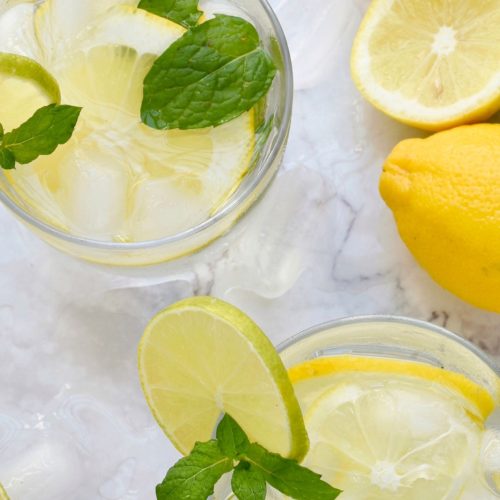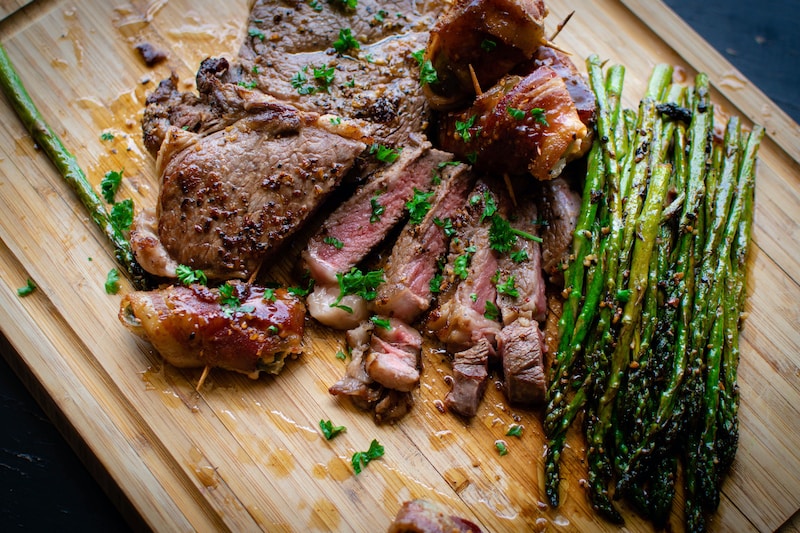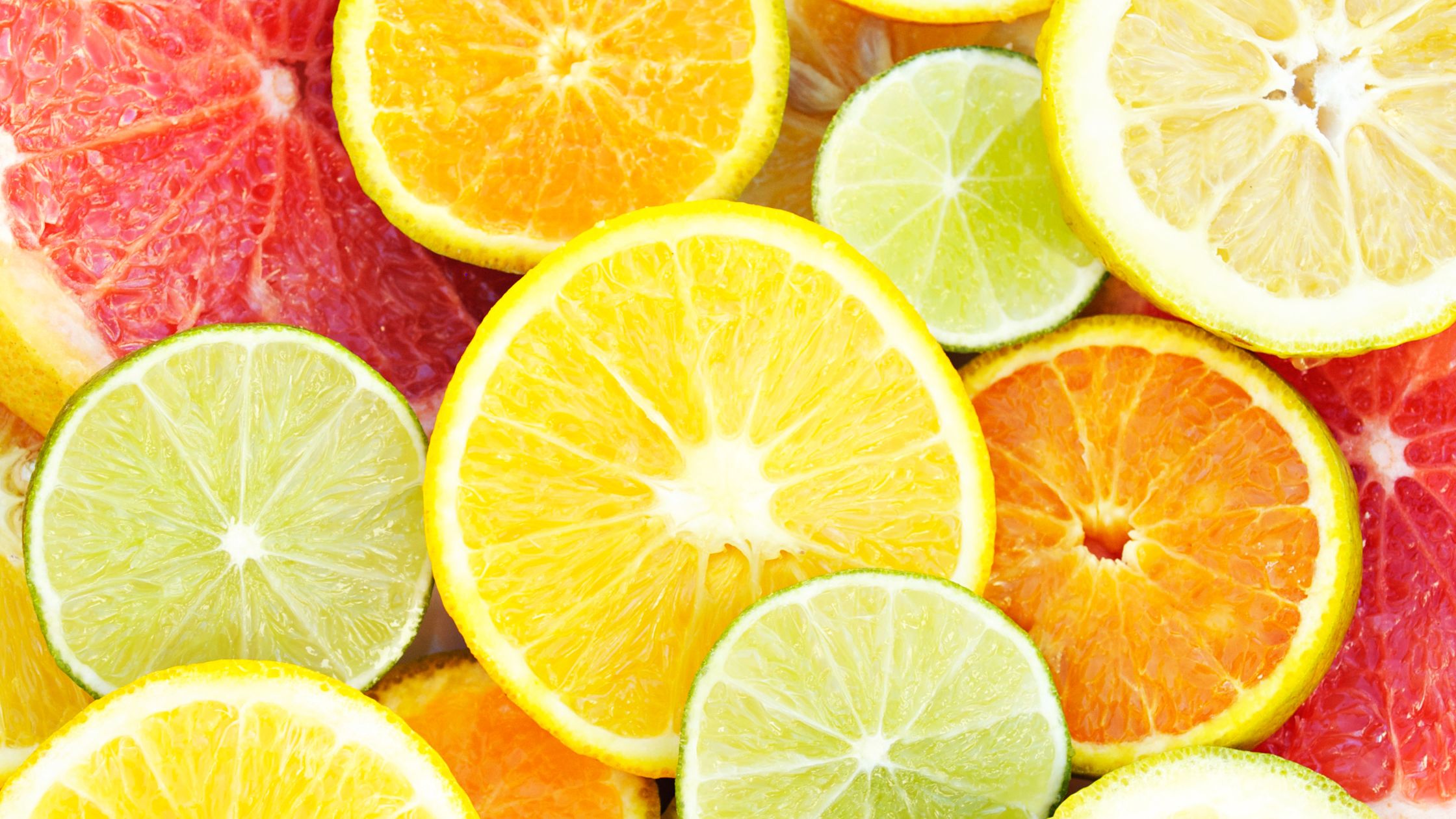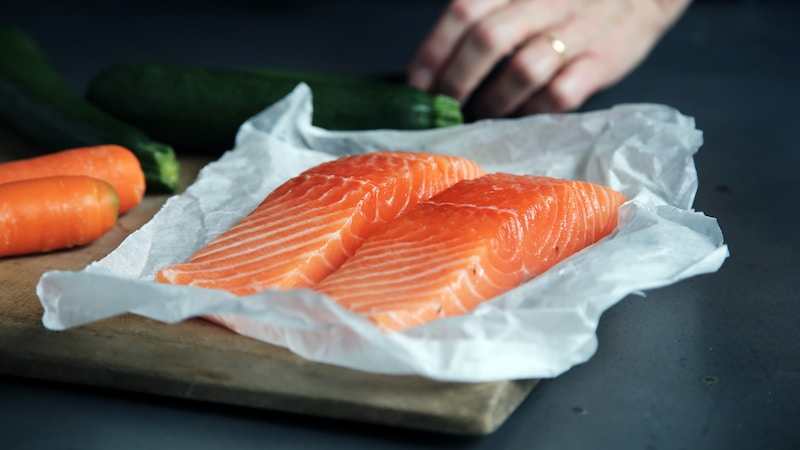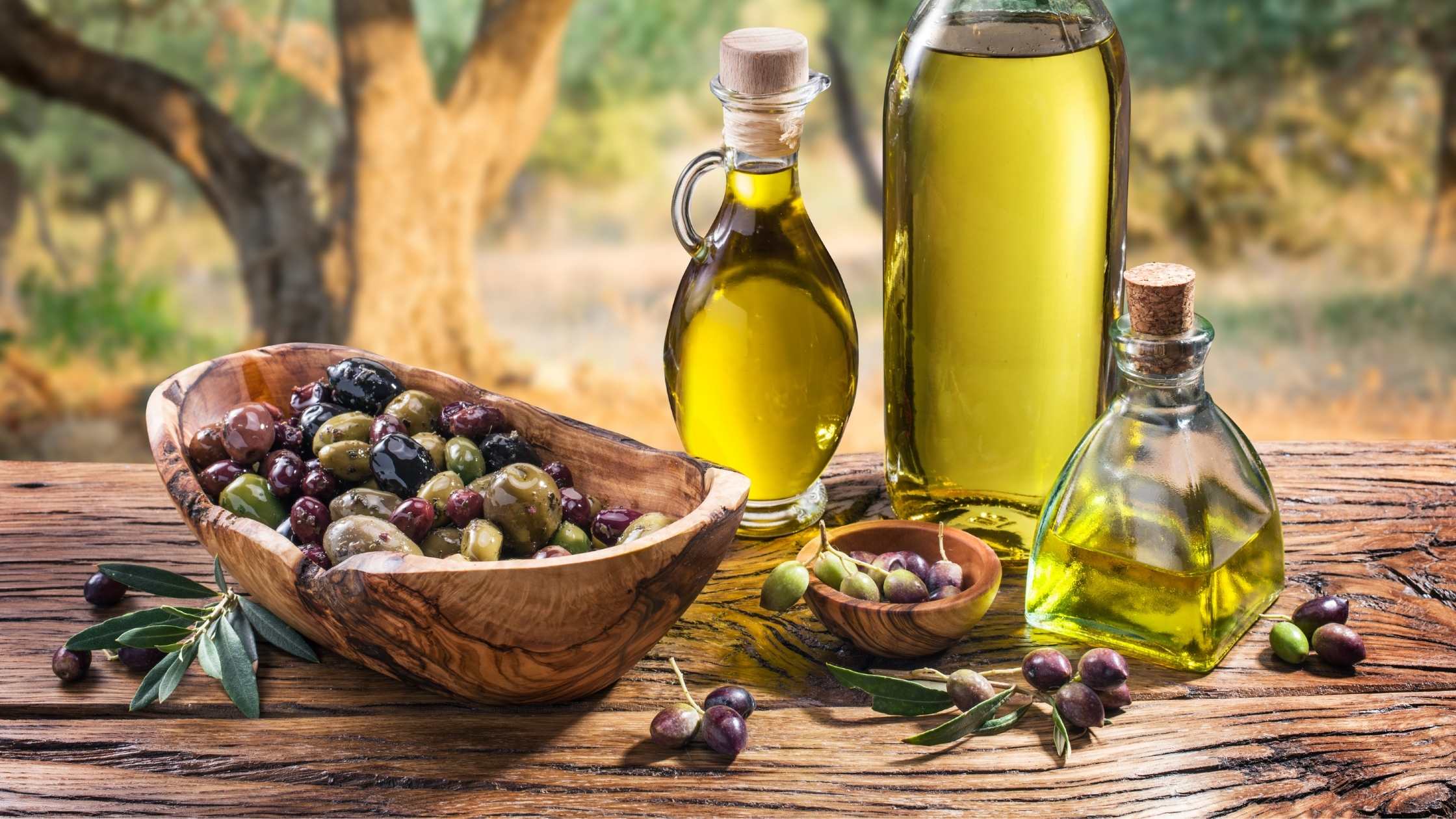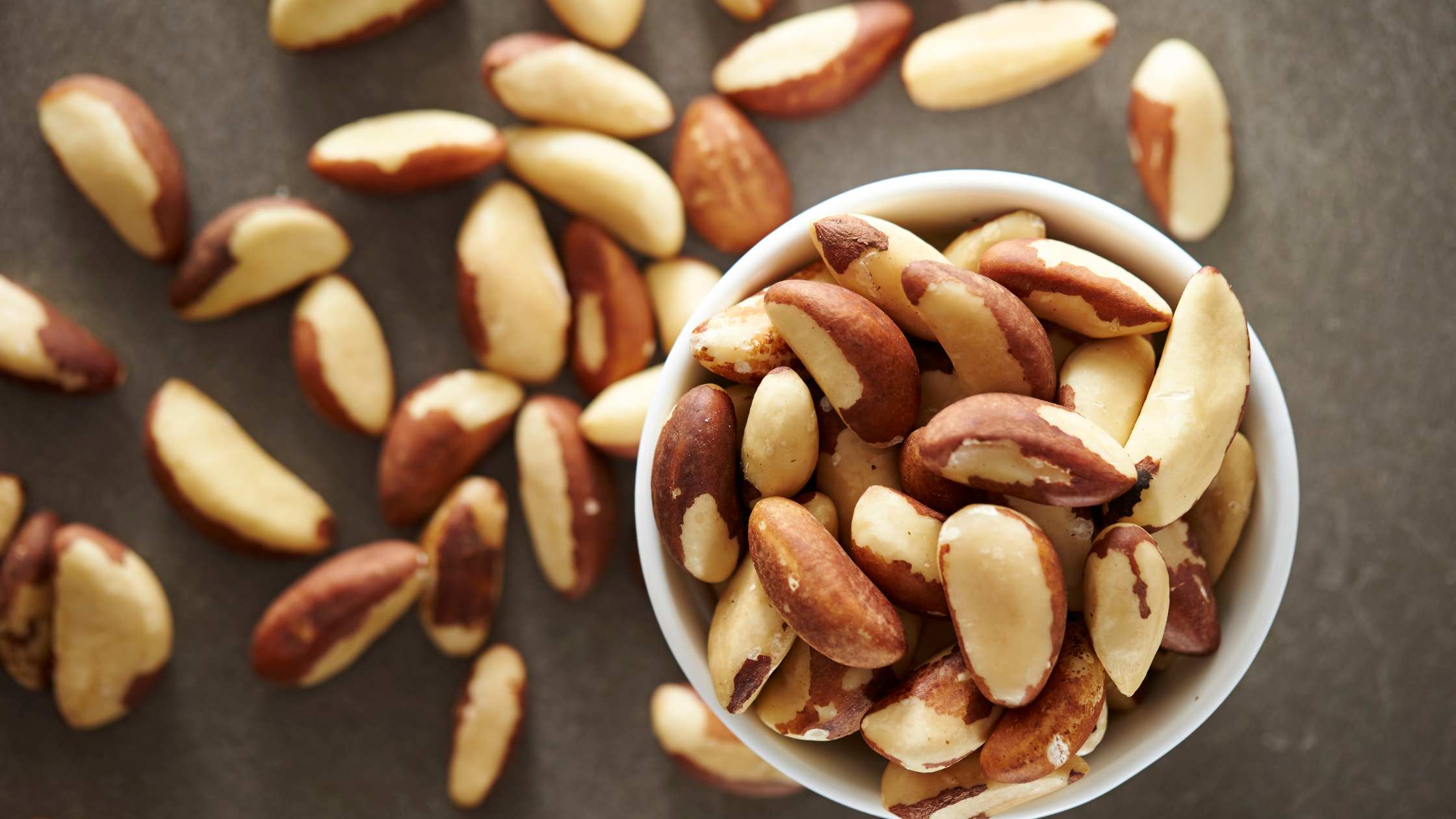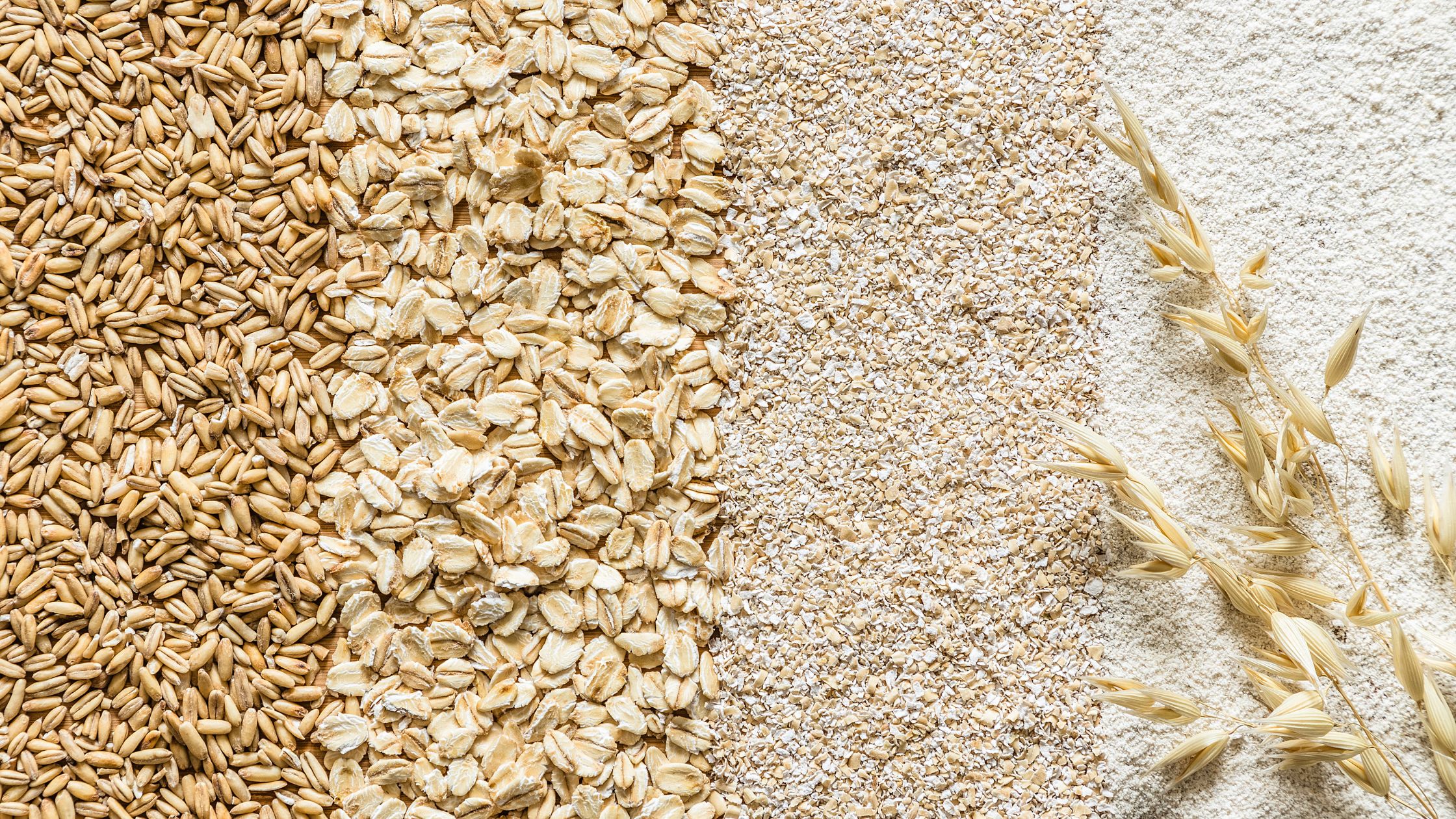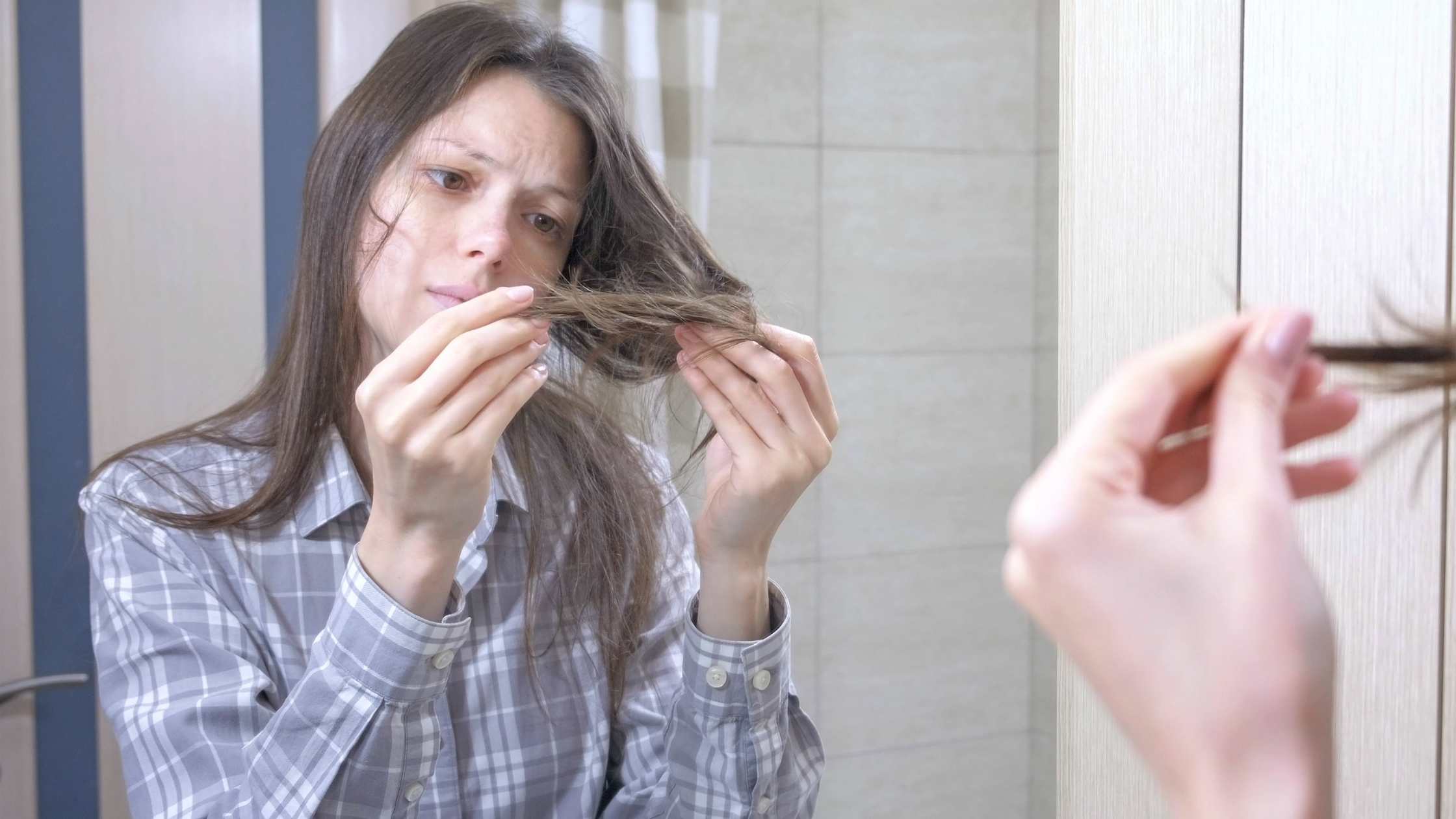In our modern society, we’ve somehow become convinced that if we can just juggle all those balls or spin all those plates, life will be perfect. Unfortunately, so many of the modern inputs actually contribute to stress, overwhelm, and even anxiety or depression. There are several things in our lives that can cause anxiety. There are a number of different things that can help alleviate many of these stressors.
1. Lack of Sleep
We try to do more in our day, and sleep is the first to go. Unfortunately, in our desire to get more done, sleep deprivation can instigate or worsen anxiety disorders. By making sleep a priority you just might find you are also more productive. There are several things you can do for improving your sleep. Check out my post “How to Sleep Soundly” for several tips.
2. Excessive Technology
Digital overload is now the norm in our society. Cell phones, computers, and televisions all keep us “connected.” There are texts and emails that bombard us throughout our day, shows to watch, and video games to play. But what is the cost of all this technology? There is an overload of information that we must process, and this can activate stress hormones and the brain is constantly “on”, leaving us anxious. For many it can be beneficial to set aside some time each day with no technology. You might be surprised how less anxious you feel.
3. Too Much News
This is another challenge that comes along with technology. Social media sites cover more negative or dramatic news to encourage more hits. Have you heard the term “doomscrolling”? This is where you get sucked into a negative news cycle and find it difficult to disengage. All types of news media consumption can increase emotional distress. Some strategies to limit this type of stress can include turning off smartphone news notifications, set time limits for scrolling, and add other tech-free periods during your day.
4. Being Disconnected From Nature
Our connection with nature is slipping away as we spend more time on devices. American adults spend more than half of their day on electronic media; and the average adult spends five hours or less in nature per week. The environments we are in can increase or decrease our stress and this in turn impacts our overall health. Being in nature reduces anger, fear, and stress. Consider taking walks or hikes during your day, even a short walk can help lift your spirits. Forest bathing, spending time in a forest, lowers cortisol levels, reduces blood pressure and pulse rate.
5. Sedentary Life
Sedentary lifestyle has definitely increased with our technology use and lack of time in nature. It too can affect mental health issues such as depression, anxiety, and self-esteem. It is important to move throughout the day. If you sit for long periods of time, consider setting a timer for every 30 minutes to just get up and walk around or stretch for a few minutes.
6. The Blood Sugar Roller Coaster
Experiencing the blood sugar roller coaster not only impacts your body but also your mood. Unstable blood sugar often starts with a lack of protein and nourishing foods at the beginning of the day. As you go through the day your blood sugar begins to spin out of control. These ups and downs can produce anxiety, worry, and irritability. To avoid this roller coaster, concentrate your meals and snacks around protein, fiber, and healthy fats.
7. Lack of Purpose or Doing a Job You Hate
Feeling of not having a clear direction or goal in life and/or job burnout can impact your overall mental health causing problems with anxiety and depression. You may not be able to quit your job right now, but you can invest your time in doing something you are passionate about. Even a couple of hours a week doing something you love can help lift your mood. And who knows…sometimes these passion projects can lead to a new career!
8. Bottling up Emotions or Unprocessed Trauma
Emotional suppression and unresolved emotional distress have been shown in studies to contribute to anxiety. Post-traumatic stress disorder (PTSD) is an example of unprocessed trauma. Yoga, meditation, mindfulness, exercise, journaling, and reaching out to someone are all strategies that can help.
9. Lack of Deep Connection
Lack of meaningful and authentic relationships in one's life can increase the risk of anxiety and depression. Humans are social beings. As the saying goes, “No man is an island.” Some people may need differing levels of connectiveness, but we all need some form of human contact. Suggestions can include reaching out to someone, to get involved in something you feel passionate about, replace screen time with face-to-face time, or join a walking group. Building relationships not only helps you, it can help others too.
10. Being Over Caffeinated
Consuming excessive caffeine can trigger anxiety. Caffeine is found not only in coffee but also tea, energy drinks, candy, and more. You can check out my post “How Much Caffeine Do You Need?” To limit caffeine intake, read labels to determine how much you may actually be consuming and find alternatives that don’t contain caffeine. If you feel you need a “hit” of caffeine try a glass of water, take a walk, or practice deep breathing – all of which can improve your energy level.
With so many areas that can cause anxiety in our lives, it can be challenging to reduce it. Yet, implementing some of these strategies can still be helpful.



